What is the difference between copper wire and tinned copper wire?

They are both copper wires. The tinned wire is a bit easier to use if you are soldering it because it already has a coating of solder on it.
https://www.stainedglassexpress.com/metals/wire/
************************************************************************************************************
So many foils!
Different backing, different widths, and different thicknesses

Why does this matter? Take a look.

Can you see how the color of the backing shows through? It matters when you are using see through glass. It helps when the patina matches the backing. Like the center one is black backed. If that copper on the outside gets patinaed black it looks good. If you were doing a piece with a lot of see-through glass and you used copper back, you would be sad, disappointed and distracted by the copper peaking out at you.
https://www.stainedglassexpress.com/metals/copper_-_silver_foil/
**************************************************************************************************************
FUSING WITH NON-FUSIBLE GLASS
Can you do it? Yes. However, you cannot mix sheets because the coe is unknown. If you know that two pieces of glass came from the same sheet, you could fuse them together. Sometimes non fusible glass will devitrify. Probably because you don't really know what temperature to fire it at. If you coat it with Spray A that generally takes care of it. This is also good for slumping bottles. They come out clearer if you coat the up side with Spray A.
https://www.stainedglassexpress.com/Chemicals/fusing-chemicals-kiln-wash/hotline-spray-a-plus-16-oz.html

You could take two wispy pieces of glass from the same sheet and put one across the other with the wisps going in a different direction and get a nice effect.
You cut shapes from one piece and fuse to another piece if they are from the same sheet.
You could take single pieces and slump them into a vase.
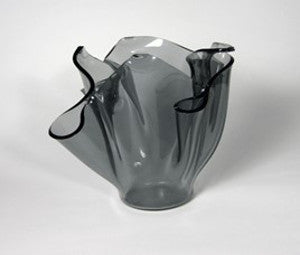
Pic from Glass with a Past
*************************************************************************************************************
TRACKING HEAD

https://www.stainedglassexpress.com/Glass-Tools/Hand-Tools/cutters-shears-and-snippers/heavy-duty-wide-head-brass-glass-cutter.html
This is a great cutter for straight cuts. You just will not believe how much easier it is to use.
**************************************************************************************************************
CUTTING TUBES WITHOUT CRUSHING THEM
When cutting a tube, put a toothpick in the end where you are cutting, and it will keep you from crushing the tube.

https://www.stainedglassexpress.com/Glass-Tools/Hand-Tools/cutters-shears-and-snippers/tubing-cutter.html
**************************************************************************************************************
Have an old circle cutter you no longer use to cut glass? Use it to cut paper.
**************************************************************************************************************
PLIERS - WHICH END IS UP?
RUNNING PLIERS - Just cannot live without them. They are used to run a score. You just position the jaws at the end of the score line and gently squeeze. To remember which end is up, remember the saying "screw up or screw up"

https://www.stainedglassexpress.com/Glass-Tools/Hand-Tools/pliers/metal-running-pliers.html
GROZIER PLIERS
I learned this one just this week. Your pliers should look like alligator head to be the right way.

https://www.stainedglassexpress.com/Glass-Tools/Hand-Tools/pliers/grozer-breaker-pliers.html



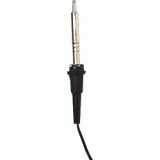

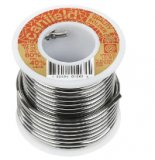

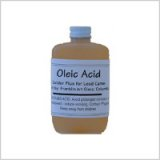


















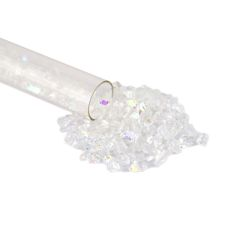









 There are many different glues that behave differently and have different uses. Let's take a look at a few!
There are many different glues that behave differently and have different uses. Let's take a look at a few!




































